
The Houssiere family arrived in Southwestern Louisiana from France in 1883. Henry Houssiere was raised by his aunt Ismarie and her husband Arthur Latreille, who was the business partner of Henry’s father, Eugene. The Houssiere’s made their money when they struck oil in the Evangeline area and invested wisely in many ventures throughout Jeff Davis Parish, including hotels in Jennings and a motor company in Welsh.
The Houssiere’s also invested in real estate. Henry Houssiere and his younger brother Charles ran the Houssiere estates. They were inseparable but they had quite different personalities. Henry was the manager of the farms, cattle and crops, while Charlie's drive was for business and bargaining.
Henry Houssiere is remembered as the man who built the first sweet potato dry kiln in Jeff Davis Parish. He also built one of the first cotton gins at Jennings and Pine Island. He was overseer of the drilling of at least 10 irrigation wells which helped change the Pine Island area from a cotton culture to one of rice.
The cattle tick also got Henry's attention, and he worked hard to eliminate it. At the peak of his operations, Henry managed over 1,000 head of cattle as well as supervising over 7,000 acres of land, at least 3,500 in rice and 700 in corn, plus other highland crops.-Excerpted from “Houssiere 1883 Family History” in the Lake Charles American Press, July 21, 1991, by Nola Mae Ross
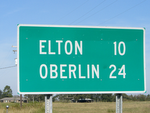
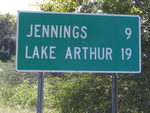
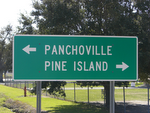
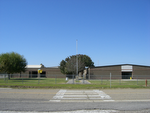
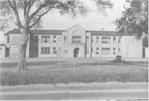
No comments:
Post a Comment